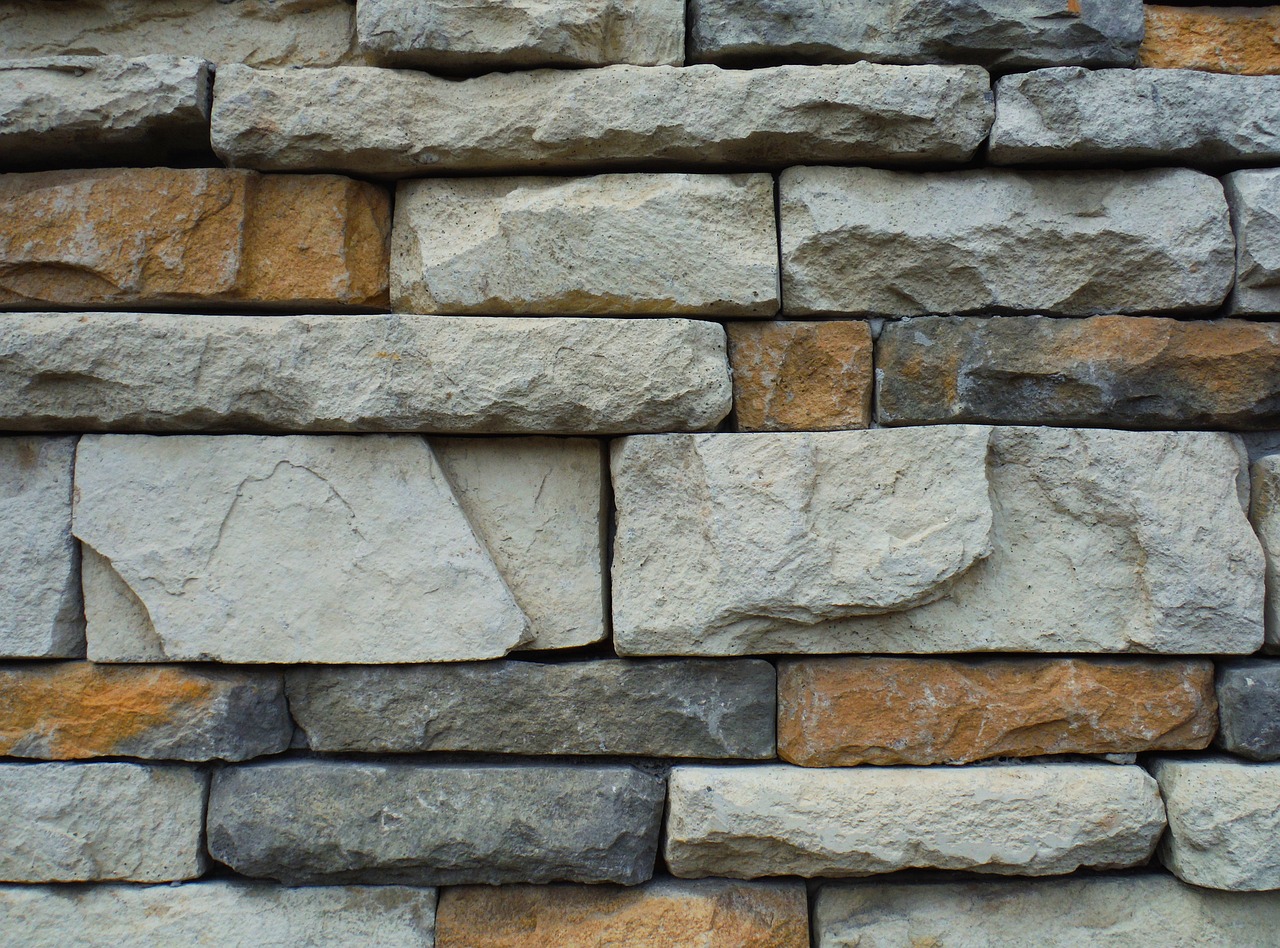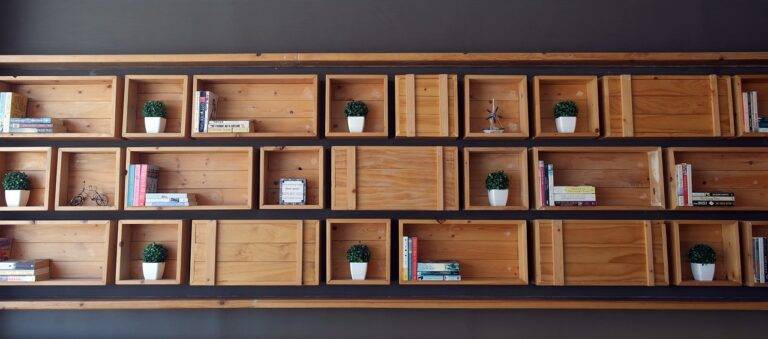The Evolution of Home Design Trends
When examining the origins of home design trends, it becomes apparent that historical influences play a significant role in shaping the way we decorate our living spaces today. One key influence comes from the architecture of ancient civilizations such as the Greeks and Romans. Their use of columns, arches, and symmetrical designs set the foundation for classical styles that are still popular in home design.
Additionally, the Middle Ages brought about unique design elements like heavy woodwork and tapestries that added a sense of grandeur and warmth to interiors. These medieval influences can be seen in ornate furniture pieces and elaborate detailing that continue to inspire modern-day design trends. By understanding the early influences on home design, we gain insight into the evolution of stylistic choices and the enduring impact of historical aesthetics on contemporary living spaces.
The Rise of Minimalist Design
Minimalist design has been steadily gaining popularity in recent years, characterized by its focus on simplicity, functionality, and the use of clean lines. This design aesthetic emphasizes the idea of “less is more,” with an emphasis on decluttering and creating spaces that are sleek and uncluttered. The minimalist approach often incorporates neutral colors, natural materials, and a sense of openness and light.
One key aspect of minimalist design is the emphasis on quality over quantity. By carefully selecting each piece of furniture and decor, homeowners can create a space that feels intentional and well-curated. This focus on quality extends to the materials used in the space, with an emphasis on sustainable and durable materials that will stand the test of time.
The Impact of Technology on Home Design
Technology has revolutionized the way we design and experience our homes. From smart thermostats that learn our preferences to virtual reality tools that allow us to visualize our spaces before they are even built, technology has ushered in a new era of convenience and customization. With the rise of home automation systems, homeowners can now control everything from lighting to security with a simple tap on their smartphones, making their living spaces more efficient and secure than ever before.
The integration of technology into home design has also led to a greater focus on sustainability and energy efficiency. Smart appliances and lighting systems can help reduce energy consumption and lower utility bills, while advances in building materials and construction techniques have made it easier to create environmentally-friendly homes. As technology continues to advance, we can expect to see even more innovative solutions that not only make our homes smarter and more efficient, but also more comfortable and enjoyable to live in.





